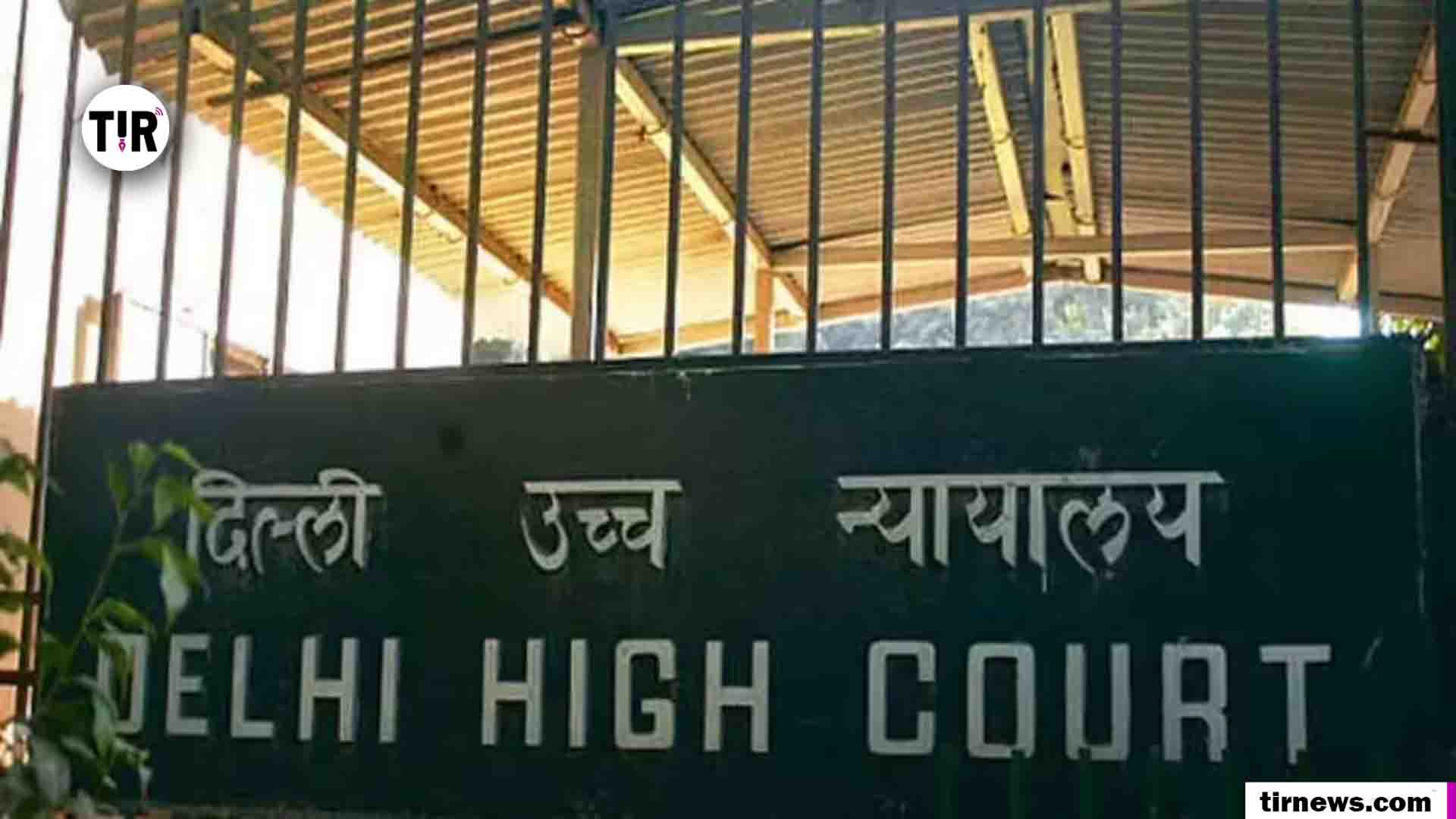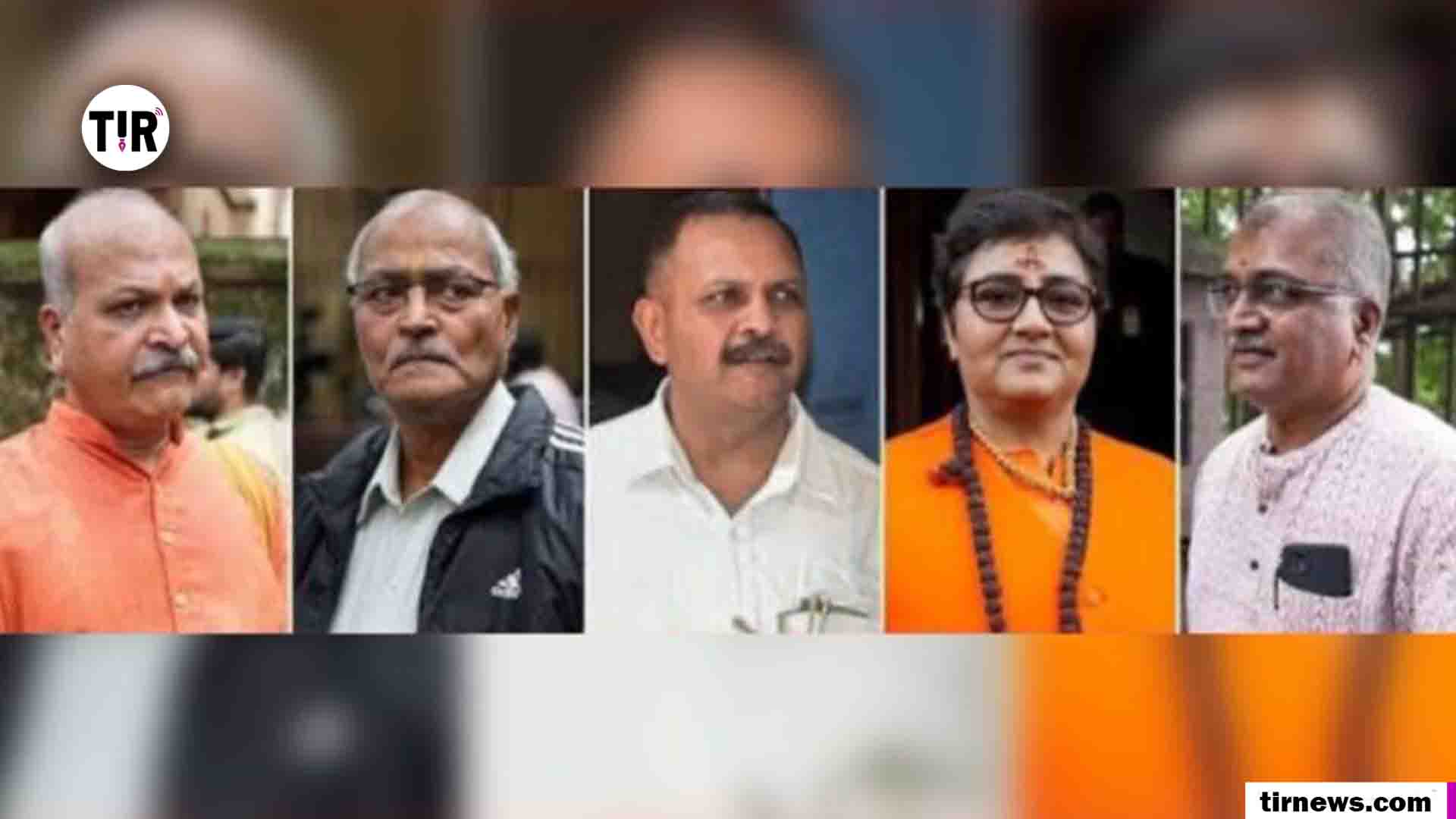On September 3, 2025, the Delhi High Court dismissed a PIL filed by the Save India Foundation—an NGO associated with Hindutva groups—challenging alleged encroachments on Yamuna floodplains involving a mazar and three dargahs. Chief Justice D. K. Upadhyaya and Justice Tushar Rao Gedela raised pointed concerns about the NGO’s selective targeting and questioned its motivations: “Do you not see other encroachments? Why are you identifying only mazars?” (The Siasat Daily, The Times of India).
The bench also remarked this was the fifth or sixth similar petition from the same organization, urging the NGO to engage in more productive public work and advising authorities to act on the representation promptly (The Siasat Daily, The Times of India).
Context & Legal Implications
- The Save India Foundation, led by Preet Singh, has a history of filing PILs challenging religious structures and has faced controversy, including charges of hate speech in the past (The Siasat Daily).
- The court did not rule on whether the structures were lawfully built or encroaching, but firmly questioned the public purpose served by the repeated focus on Muslim religious sites (The Siasat Daily, The Times of India).
Broader Judicial Outlook
- The Delhi High Court has emphasized that unauthorised structures—even religious ones—cannot occupy protected forest or public land. Structures certified by heritage bodies (like ASI) may receive protection, but others must not impede environmental or regulatory requirements (Hindustan Times, News9live).
- The Supreme Court has similarly upheld that public safety and secular enforcement of anti-encroachment laws apply irrespective of religious affiliations—even when structures are religious in nature (www.ndtv.com, Business Standard).



